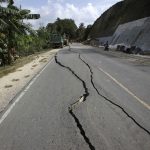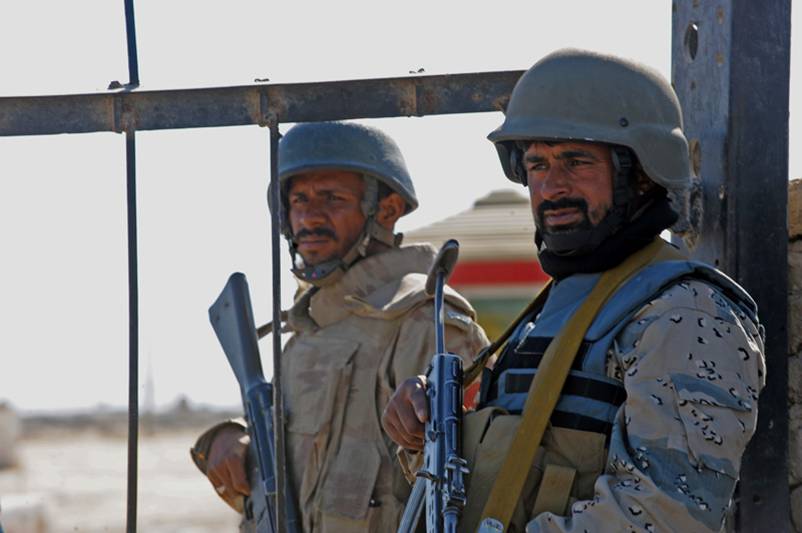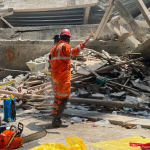In a sharp escalation of tensions, heavy clashes have broken out along the Pakistan–Afghanistan border, with both sides trading artillery fire, accusations, and claims of gains amid rising instability in the region.
What Triggered the Fighting
The confrontation appears to stem from a reported Pakistani air strike on Kabul earlier in the week, which the Taliban government in Afghanistan condemned as an unwarranted violation of its sovereignty.
In retaliation, Taliban forces reportedly attacked several Pakistani border posts, including ones in the Helmand region, claiming to have captured multiple positions. Pakistan responded with heavy gunfire, deploying artillery, tanks, and mortars along multiple border sectors.
At least 15 Pakistani soldiers are reported dead following the retaliation in Helmand province, according to Afghan sources.
Scope and Zones of Conflict
- Clashes have occurred in multiple districts along the Durand Line, especially in Khyber Pakhtunkhwa, Balochistan, and Helmand.
- Pakistani military officials confirm at least three soldiers and one civilian were killed during exchange of fire, and several were wounded.
- Both sides accuse the other of violating territorial sovereignty and harboring militant groups—Pakistan blames Afghanistan for sheltering Tehreek-e-Taliban Pakistan (TTP) fighters, while the Taliban say Pakistan’s strikes provoked the confrontation.
- Pakistan has closed key border crossings—Torkham, Chaman, and three smaller points (Kharlachi, Angoor Adda, Ghulam Khan)—as a precautionary measure.
Positions & Statements
- The Taliban government asserts that Afghan forces are defending national integrity and will respond forcefully if further violations occur.
- Pakistan has not formally acknowledged conducting the airstrike but insists that its military is acting to protect citizens and counter cross-border militancy.
- External calls for restraint have come in, with Saudi Arabia urging both sides to avoid escalation and pursue dialogue.
Risks & Regional Implications
- The escalation risks drawing more military resources into border zones already stretched by counter-insurgency operations.
- Civilians living along border communities are vulnerable—shelling, displacement, and infrastructure damage may follow.
- The standoff underscores the fragile nature of Pakistan–Afghanistan relations, especially over contested borders, militant safe havens, and airspace violations.
- Without swift de-escalation and diplomatic engagement, the cycle of reprisals and retaliation could spiral further.











